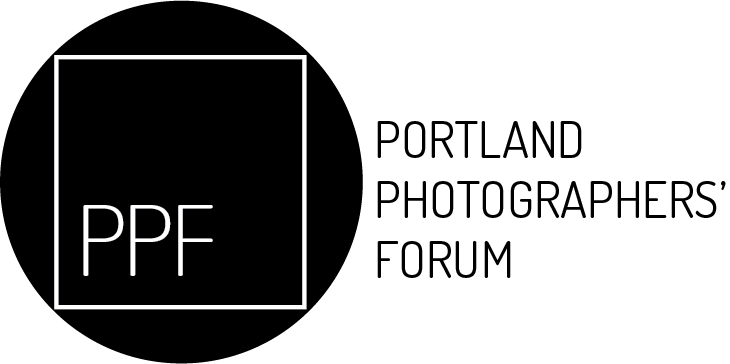Man Ray Documentary Movie Free To Public, Donations Accepted, One Night 5/27/2022
This just in via email:
“Man Ray – A Kultur Films movie: Artists of the 20th Century
May 27; Doors open at 6:30pm; Movie starts at 7:00pm (calendar)
NewZone Gallery
110 E 11th Ave
Eugene, Oregon 97401
541-686-1240
One night showing
www.photographyatoregon.org
free to the public, donations accepted
Kultur Films has produced this movie and calls it the quintessential avant-garde artist of the 20th Century. It’s a kind of narrated slide show with a detailed discussion of his works through a comprehensive presentation of his art. This documentary adds a full biography, which includes his influences and contribution to dadaist and surrealist thinking of the time.
Born in Philadelphia in 1890 and raised in Brooklyn, Emmanuel Radnitsky, later known as Man Ray, was always determined to become an artist. While he attended a boy’s school in Brooklyn, he educated himself with frequent visits to the local art museums, where he studied the works of the Old Masters. He began his fifty year career as a painter and designer and soon expanded to collage, printmaking, photography, object-making, sculpture and film.
To earn a living while pursuing the more iconoclastic work that he loved, he took portrait and fashion photographs, eventually becoming the most celebrated commercial photographer in Paris. He came into his own in the 1920's when he joined his good friend and Dadaist advocate, Marcel Duchamp in Paris. He soon became a significant contributor to the Dada and Surrealist movements.
Man Ray actually produced major works in a variety of media but was best known for his pioneering photography, in particular as a renowned fashion and portrait photographer. While living in New York City, Man Ray was influenced by the avant-garde practices of European contemporary artists and in visits to Alfred Stieglitz's "291" art gallery. He eventually involved himself with the Dada anti-art movement and started creating objects and developed unique mechanical and photographic methods of making images.
His experiments with photography included rediscovering how to make “cameraless” pictures, or photograms, which he called rayographs. He made them by placing objects directly on light-sensitive paper, which he exposed to light and developed. In 1922 a book of his collected rayographs, Les Champs délicieux (“The Delightful Fields”), was published, with an introduction by the influential Dada artist Tristan Tzara who admired the enigmatic quality of Man Ray’s images. In 1929, with his lover, photographer and model Lee Miller, Man Ray also experimented with the technique calledsolarization, which renders part of a photographic image negative and part positive by exposing a print or negative to a flash of light during development. He and Miller were among the first artists to use the process, known since the 1840s, for aesthetic purposes.
As mentioned above, Man Ray also pursued fashion and portrait photography and made a virtually complete photographic record of the celebrities of Parisian cultural life during the 1920s and ’30s. Many of his photographs were published in magazines such as Harper’s Bazaar, Vu, and Vogue. He continued his experiments with photography through the genre of portraiture; for example, he gave one sitter three pairs of eyes, and in Le Violon d'Ingres (1924) he photographically superimposed sound holes, or f holes, onto the photograph of the back of a female nude, making the woman’s body resemble that of a violin. He also continued to produce ready-mades. One, a metronome with a photograph of an eye fixed to the pendulum, was called Object to Be Destroyed (1923)—which it was by anti-Dada rioters in 1957.
Info taken from:
-Britannica and updated by Naomi Blumberg
-Wikipedia
Photography At Oregon
Our Mission is to support the area’s photography teaching programs. It has done so for more than 50 years promoting the fine art of photography, sponsoring exhibits, lectures, classes, and workshops, inviting photographers of national and international reputation, and showing works of historical importance.
Photography at Oregon is a 501(c)(3) tax exempt nonprofit nonmember all volunteer art education support organization. Please visit our website and archive. To make a donation in support of PAO’s mission, send checks made payable to PAO. Donations are tax-deductible to the fullest extent of the law under section 501(c)(3) of the IRS code. PAO’s federal tax ID number is 47-1829383.
Photography at Oregon
PO Box 50874
Eugene OR 97405”
Le Violon d’Ingres, 1924, by Man Ray. According to PetaPixel.com, this image recently sold for $12.4 million. This just might be the most expensive photograph ever sold at auction.


